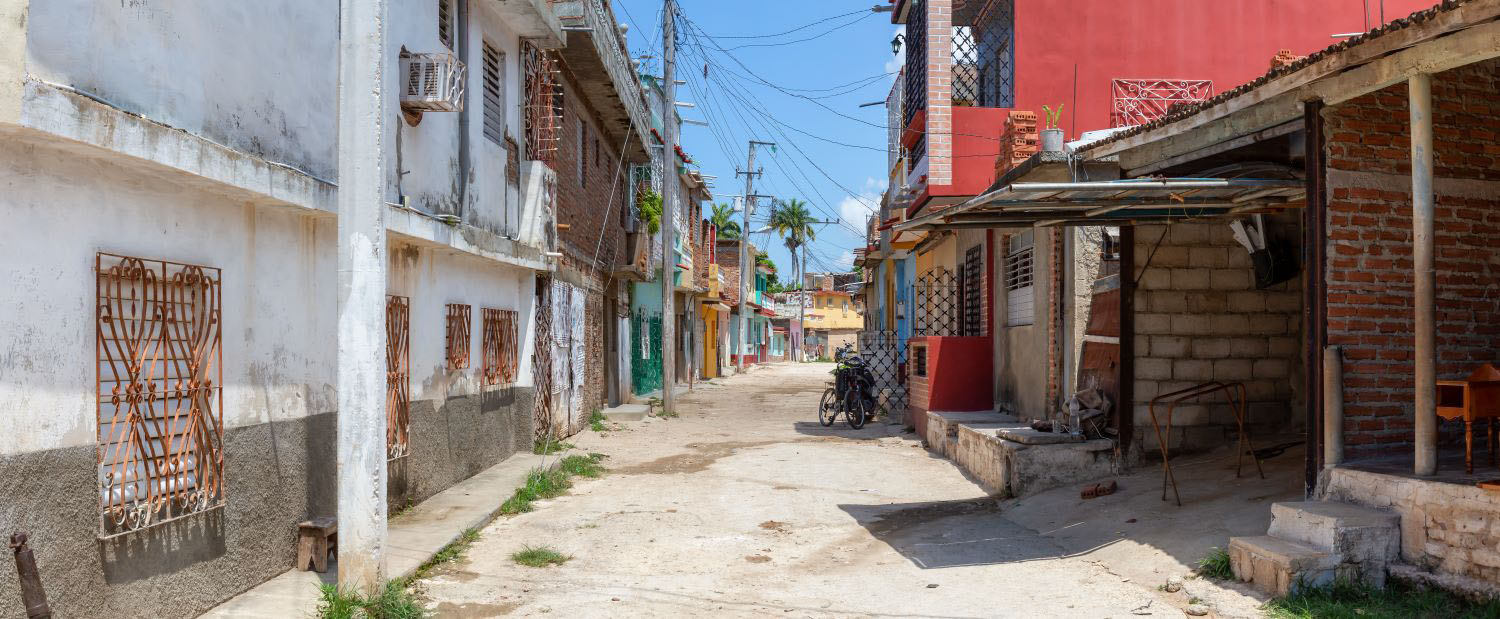According to current estimates, some 10,000 people have been killed in the Philippines by super-typhoon Haiyan, 620,000 displaced, and over 9 million affected. Emergency relief and reconstruction assistance will be required on a large scale and for an extended period – perhaps more frequently in future years as climate change leads to an increase in extreme weather events. How to ensure that reconstruction assistance reaches the affected population directly, without the inevitable leakage that accompanies transfers down successive levels of program administration? How to avoid the fraudulent filing of multiple claims, or a plethora of relief organizations falling over themselves with little accountability, as in the response to the Haitian earthquake? Emerging lessons from Pakistan, India, and Indonesia suggest that technology can help. The key is to link a strong identification system to electronic transfers of funds through smartcards or bank accounts.
In July 2010, Pakistan experienced flooding on an unprecedented scale. At its peak, flood water covered one fifth of the land area of the country; early estimates of the damages totaled over US$ 10 billion. Damage to housing was estimated at over US$ 1.5 billion. Pakistan implemented a program of reconstruction grants to affected households using the national biometric identification database managed by the National Database and Registration Authority (NADRA). The later phases of the Watan smartcard program are still undergoing evaluation but an assessment of phase 1 of the program concluded that the payment mechanism was a success. Over 1.5 million families had received the grant. Leakage was minimal and recipients were easily able to withdraw their benefits with a travel cost equivalent to only 1.4 percent of the grant amount. Most recipients also expressed a desire to transform their Watan card account into a permanent bank account. The assessment found that, due to the special registration effort made by NADRA, few people were excluded due to non-possession of a national ID card although a number of potentially eligible beneficiaries were excluded for a variety of other reasons, including failure to update relevant demographic and social data in the NADRA database such as head-of-household status which was required for the transfer. Beyond the flood response, NADRA’s ID is now being used more widely to underpin service delivery through a variety of programs.
India’s Unique identification Program and the similar program in Indonesia offer further lessons, including on the value of multi-modal biometrics for ensuring unique identification in large populations. In addition to fingerprint technology as used in Pakistan, these programs include iris as well as (more recently) digital face-prints. India’s program has already enrolled 500 million people or about five times the population of the Philippines at the very modest cost of around $3 per head. Performance data released by the program suggests that there would be very few cases of questionable or duplicate identity in a Philippine-size population. By providing only their fingerprints and irises people would easily be able to recover their identity in the event that they had lost papers and ID cards in the disaster.
National identification programs are controversial in many countries, including in the Philippines, where, by some estimates, as much as 60% of the population lacks strong and valid official identification. The Filipino ID bill proposes a more secure national identification mechanism together with safeguards intended to protect privacy, a major concern of those opposed to the project. Other proposals argue for the social security card or a re-designed PhilHealth health insurance card to form the basis for a strengthened ID system. There is no right or wrong answer to this question -- countries differ widely in the architecture of their identification systems. What is important is to ensure that whatever system is chosen has the capabilities and the coverage to provide a solid basis for supporting relief and reconstruction programs, which can offer services as well as cash, on a client-centered and accountable basis.
The survivors of Haiyan have a lot to worry about in the days and months ahead. The last thing that should be a problem is for them to reclaim their identity, including to access assistance to rebuild. It may be too late to deploy this kind of technology for the current crisis, but not too late for vulnerable countries to prepare for the next one.
CGD blog posts reflect the views of the authors, drawing on prior research and experience in their areas of expertise.
CGD is a nonpartisan, independent organization and does not take institutional positions.





